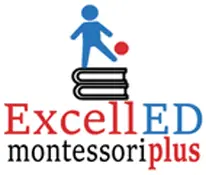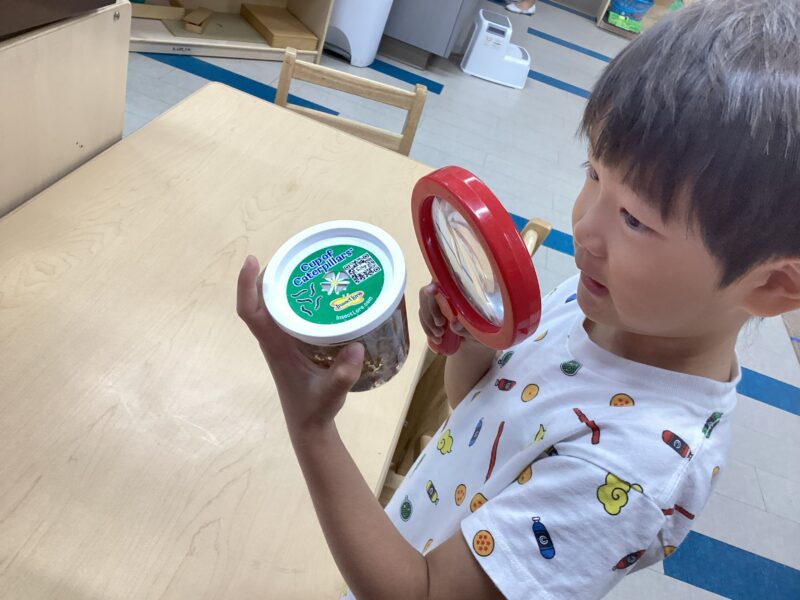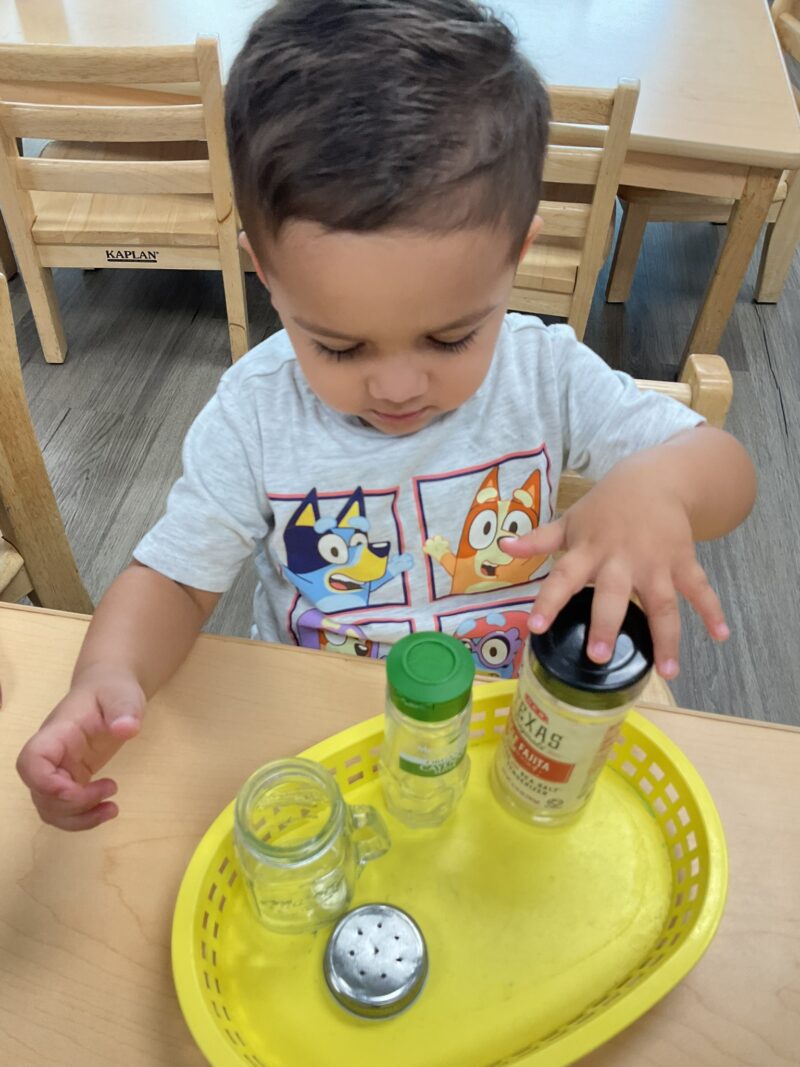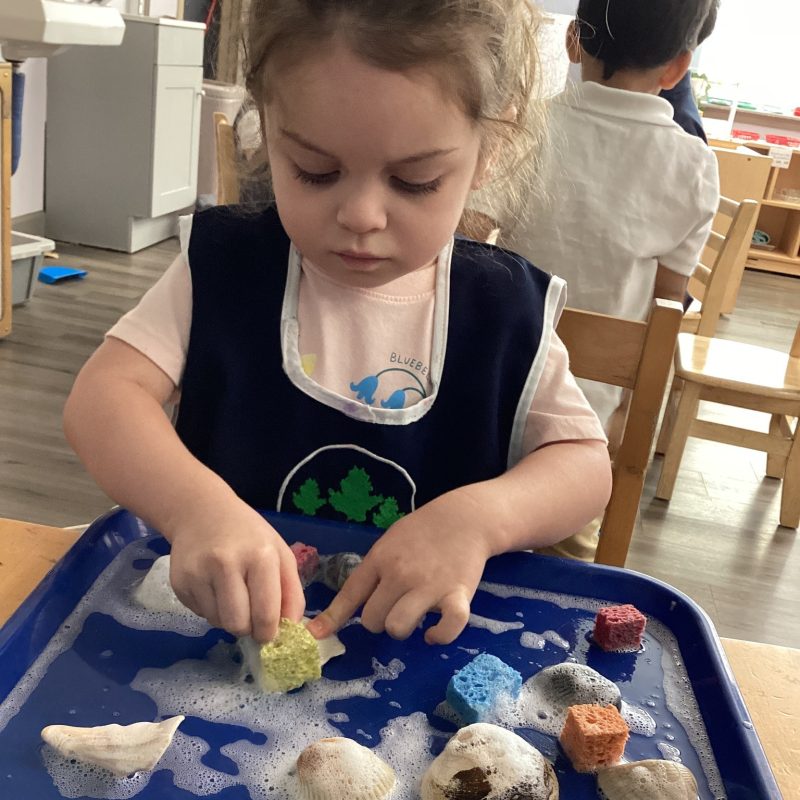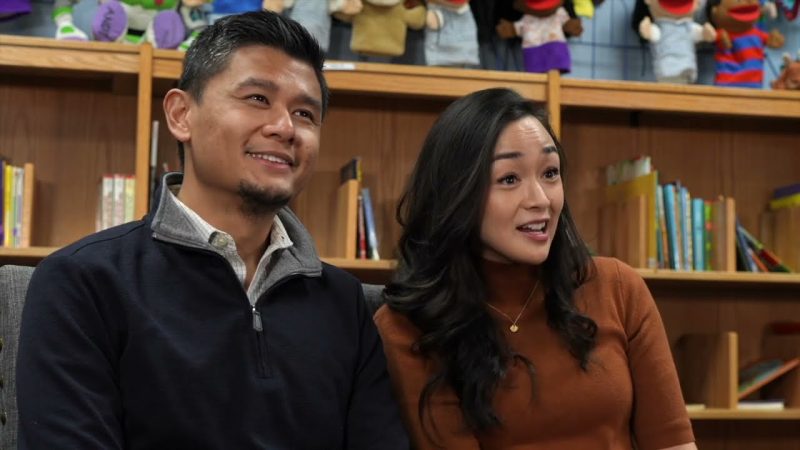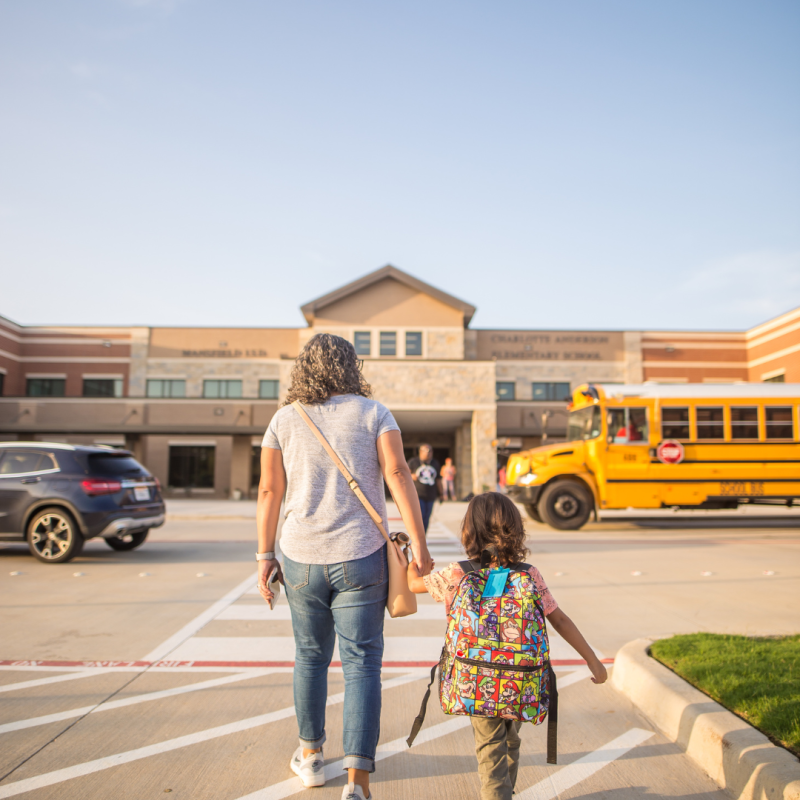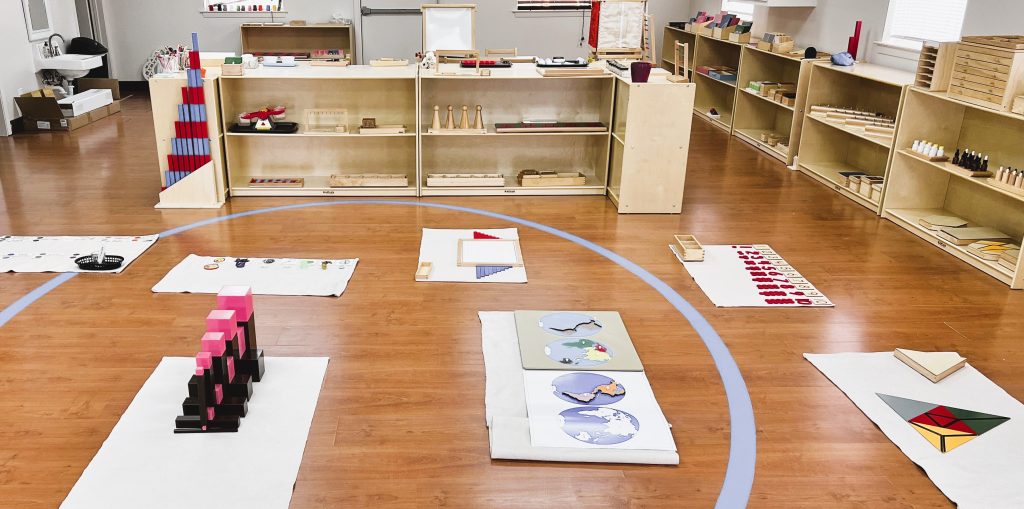
The Invisible Teacher: The Prepared Environment
The Montessori classroom is designed to be a “prepared environment” where children can explore, learn, and grow at their own pace. This means that the classroom is intentionally designed to be child-centric, with materials and activities carefully chosen to foster the child’s development. The invisible teacher is embodied in the environment itself, as it facilitates the child’s learning without direct instruction or interference.
In a Montessori classroom, materials are organized on low shelves, making them easily accessible to the children. Each area of the room is dedicated to a specific learning domain, such as language, math, science, or practical life skills. The materials are designed to be hands-on and self-correcting, allowing children to learn from their mistakes and build independence.
The prepared environment is considered a “teacher” because it is carefully designed and arranged to support children’s learning and development. The materials and activities in the environment are carefully chosen to be developmentally appropriate and to encourage exploration, creativity, and independence.
Montessori Prepared Environment vs. Traditional Classroom: A Comparison
The Montessori-prepared environment and the traditional classroom are two distinct educational approaches with different goals, methods, and philosophies. Here, we will compare the key differences between these two environments to provide a better understanding of each approach.
Classroom Layout and Organization
Montessori Prepared Environment:
- Child-centric design, with low shelves and furniture scaled to the child’s size.
- Organized into distinct areas for each learning domain, such as language, math, practical life skills, and sensorial exploration.
- Materials are easily accessible to children, promoting independence and choice.
- Open and inviting, allowing for freedom of movement and exploration.



Traditional Classroom:
- Often centered around the teacher’s desk and a central chalkboard or whiteboard.
- Furniture is typically arranged in rows or groups, with limited flexibility for movement.
- Materials are often stored away and distributed by the teacher as needed.
- The layout may limit exploration and independence, emphasizing teacher-directed learning.

Teaching Approach
Montessori Prepared Environment:
- Emphasizes child-led, self-directed learning.
- Teachers act as guides, observers, and facilitators, providing individualized support.
- Focuses on hands-on, experiential learning using self-correcting materials.
- Encourages intrinsic motivation with minimal use of external rewards or punishments.
- Embraces mixed-age classrooms, fostering collaboration, peer mentoring, and social development.
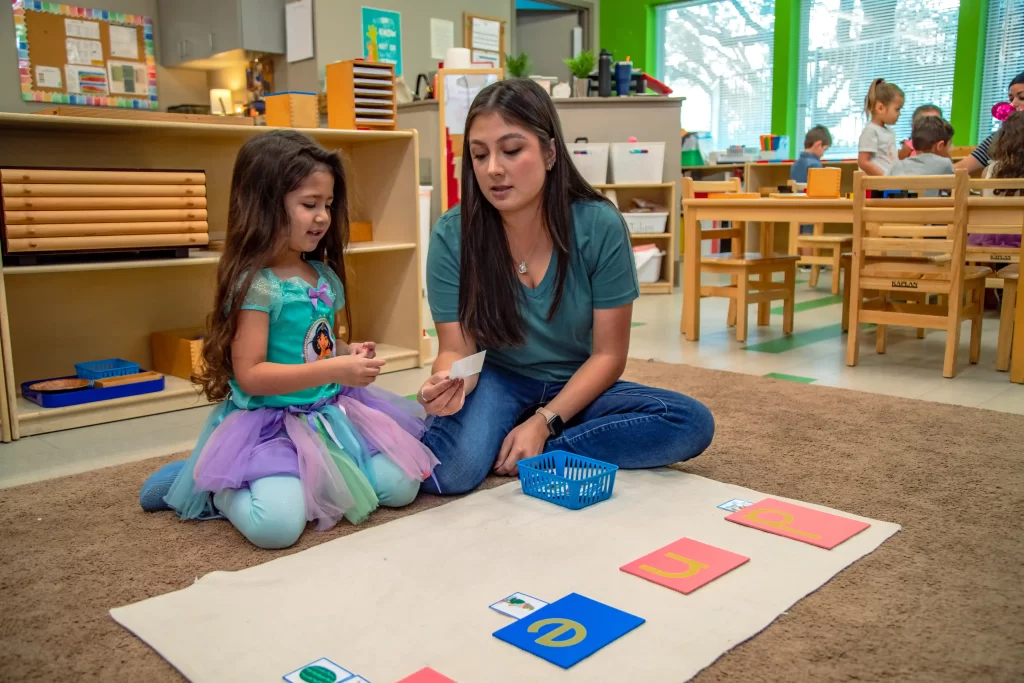
Traditional Classroom:
- Primarily teacher-led and teacher-directed, with lessons and activities planned in advance.
- Teachers often provide direct instruction and follow a prescribed curriculum.
- Learning tends to focus more on memorization and repetition, with less on hands-on exploration.
- Relies on external motivators, such as grades, praise, or punishment, to drive learning.
- Typically groups children by age, potentially limiting collaboration and peer learning opportunities.
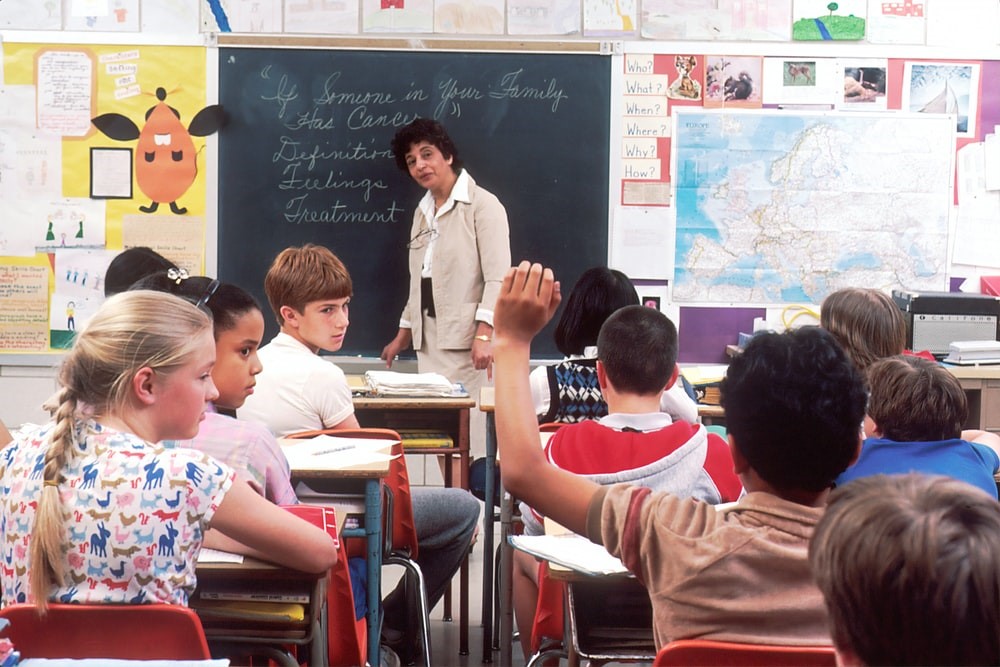
Curriculum and Assessment
Montessori Prepared Environment:
- Adaptable, individualized curriculum based on each child’s interests and developmental needs.
- Encourages interdisciplinary learning, connecting subjects and experiences.
- Focuses on the development of the whole child, including cognitive, social, emotional, and physical growth.
- Assessment is based on ongoing observation and individual progress, without standardized testing or grades.
Traditional Classroom:
- Often follows a fixed curriculum with predetermined milestones and learning objectives.
- Subjects are usually taught in isolation, with less emphasis on interdisciplinary connections.
- Focuses primarily on academic achievement, sometimes neglecting other aspects of development.
- Assessment is typically based on standardized testing, grades, and comparison to peers.
Role of the Child
Montessori Prepared Environment:
- Children are viewed as active participants in their own learning, with an innate desire to explore and grow.
- Encourages independence, self-discovery, and self-correction.
- Allows children to learn at their own pace and choose activities that interest them.
- Develops intrinsic motivation and fosters a love of learning for its own sake.
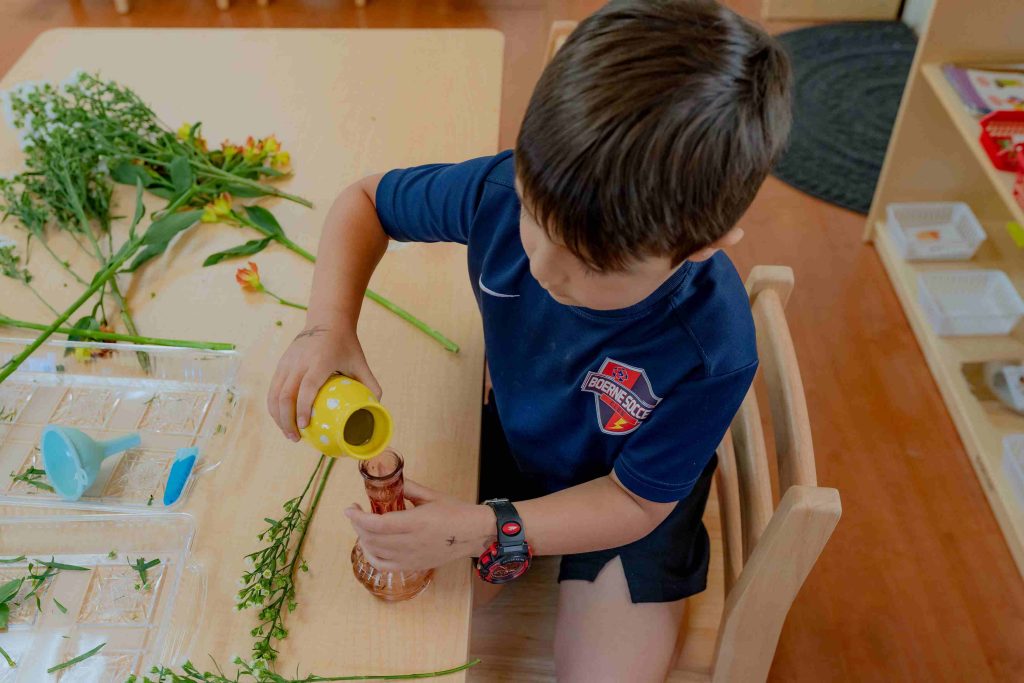
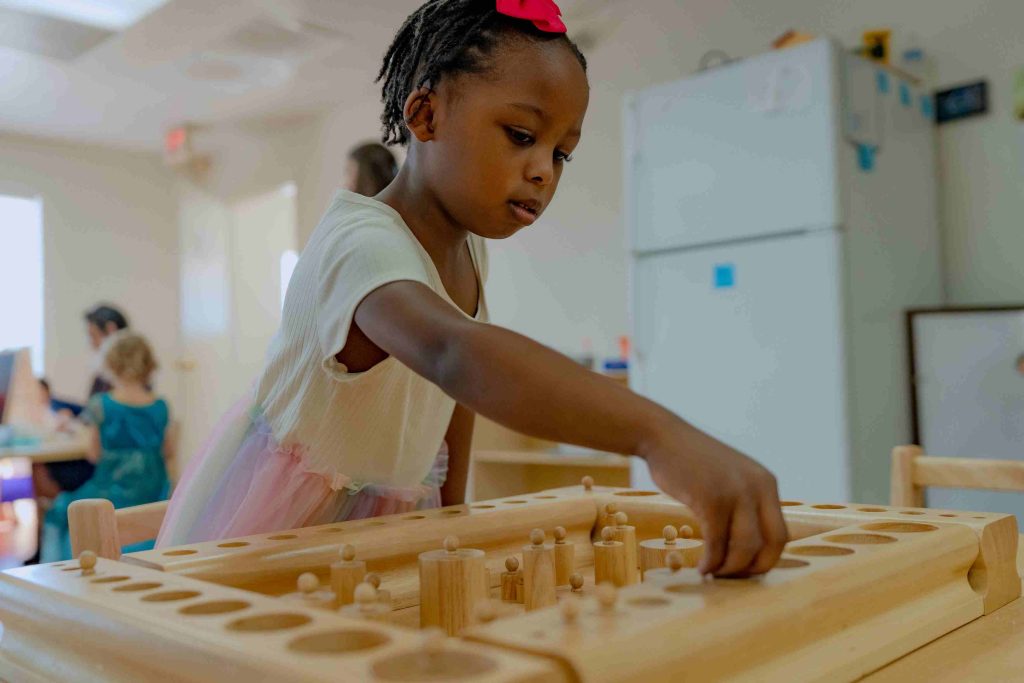
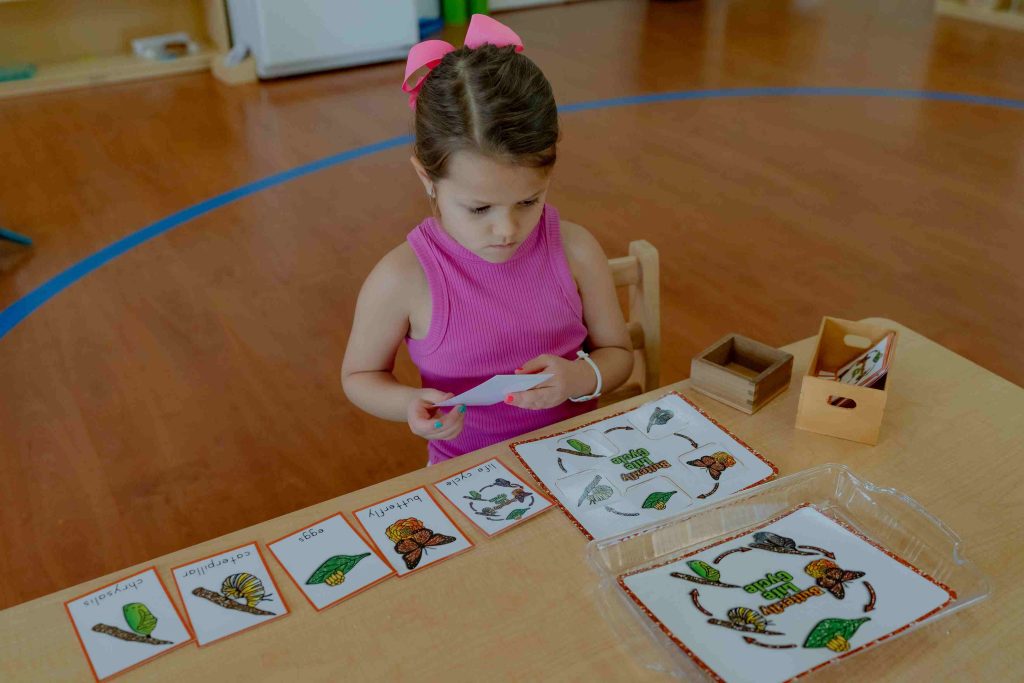
Traditional Classroom:
- Children are often seen as passive recipients of knowledge, with the teacher being the primary source of information.
- Emphasizes compliance, following directions, and adhering to rules and routines.
- Learning is often paced according to the teacher’s plan, with less flexibility for individual differences.
- Motivation is typically driven by external factors, such as grades or praise.
The Montessori-prepared environment and the traditional classroom each have their unique approaches to education. The Montessori method emphasizes a child-centric environment that promotes independence, self-directed learning, and holistic development. In contrast, the traditional classroom tends to be teacher-centered, with a focus on direct instruction, compliance, and standardized assessment.
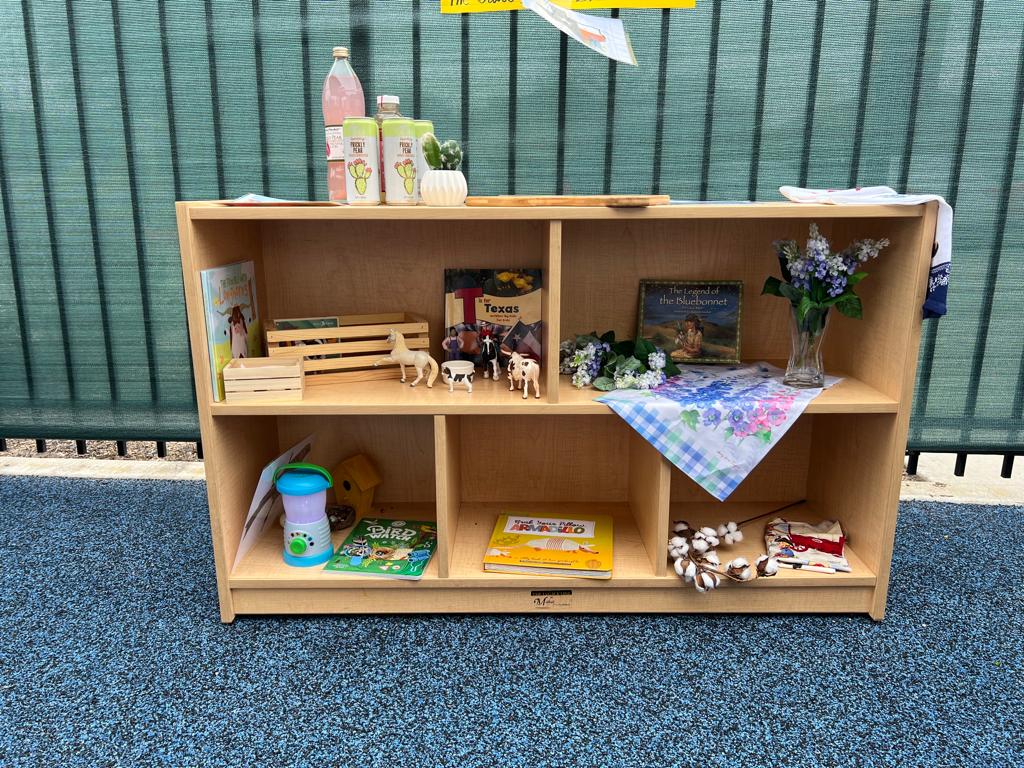
It is important to note that each educational approach has a wide range of variations. The quality of the learning experience depends on numerous factors, such as the teacher’s skill and the overall school culture. Ultimately, choosing between a Montessori-prepared environment and a traditional classroom depends on each child’s and their family’s needs and preferences.
Perhaps most importantly, the Invisible Teacher approach recognizes and respects the innate abilities and potential of each child. By allowing children to take charge of their own education, the Montessori approach empowers children to become self-motivated, creative, and lifelong learners.
In conclusion, the Invisible Teacher is a key component of the Montessori approach to education. By providing a supportive environment and empowering children to take charge of their own learning, the Invisible Teacher creates a magical space where children can explore, learn, and grow in ways that are meaningful and transformative.
Related Links:
The Invisible Teacher: The Magic of Montessori,
Unleashing the Power of the Montessori Prepared Environment,
Empowering Young Minds through Guidance and Exploration
Subscribe to Newsletter
Programs offered at ExcellED Montessori Plus include:
✔️Infants (10 Weeks – 18 Months)
✔️Toddlers (18 – 36 Months)
✔️Primary (3-6 Years)
✔️Kindergarten
✔️Mother’s Day Out
✔️Spanish Immersion / Dual Language
✔️After School Programs and Summer Camp (6 – 12 Years)
Music, Spanish, and Yoga are other programs included as part of the tuition.
Learn more about Inquiry-based Learning
